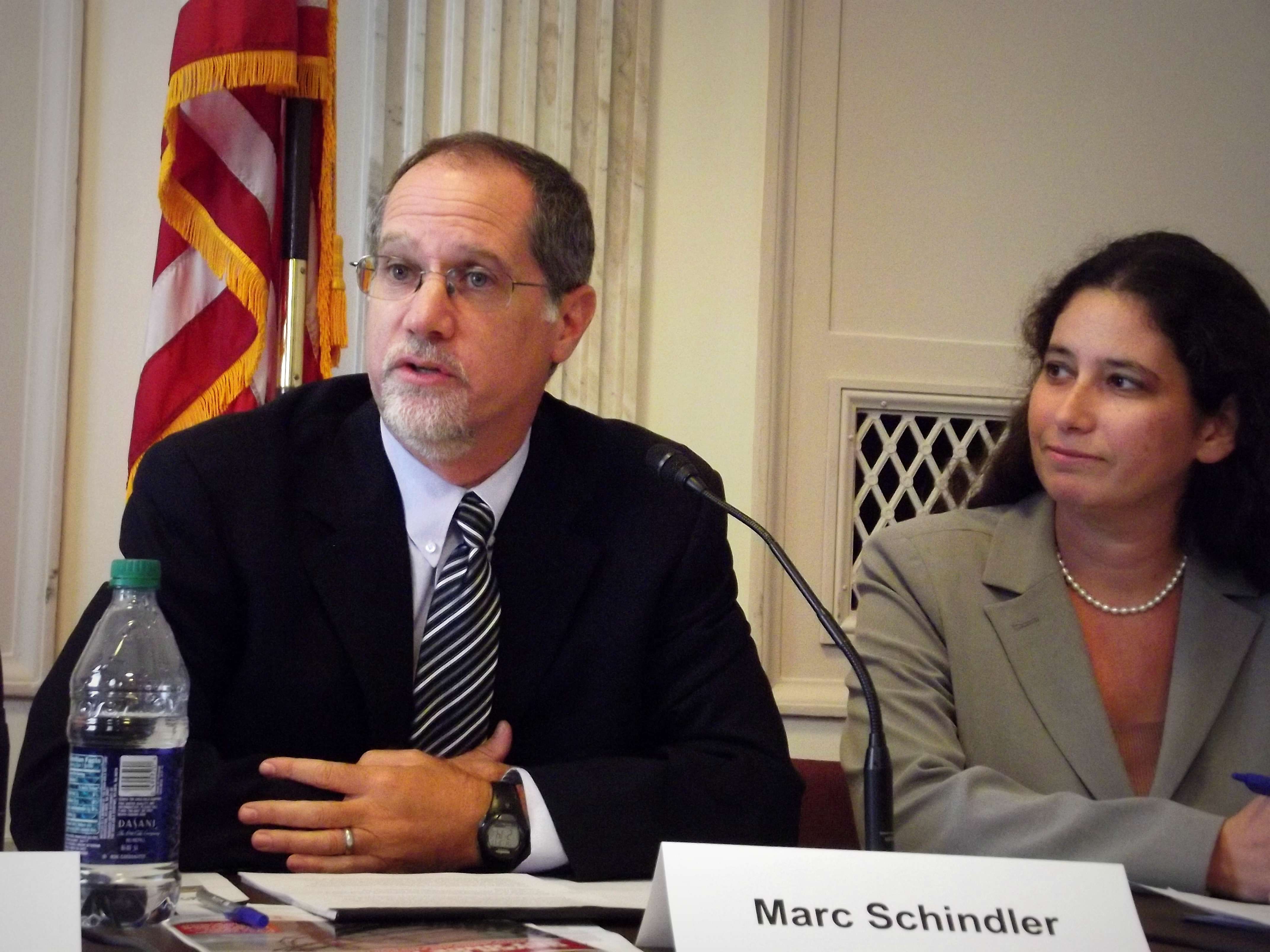 Chris Bellamy, Assistant DA from Tennessee, speaking about the Juvenile Justice and Delinquency Prevention Act, “I support the JJDPA because I’m hard on crime.”
Chris Bellamy, Assistant DA from Tennessee, speaking about the Juvenile Justice and Delinquency Prevention Act, “I support the JJDPA because I’m hard on crime.”
Yet, the JJDPA would be one of the last bills in the Senate which people would correlate with being “hard on crime”. Most would associate being hard on crime as using the most punitive approaches to responding to criminal behavior resulting in increased incarceration rates.
This is not the case with the JJDPA. The Juvenile Justice and Delinquency Prevention Act aims to lower incarceration rates and spending, while offering protections for youth who are in the juvenile justice systems, without compromising safety of communities. However, to Bellamy’s point, this bill also uses evidenced-based practices that have shown to decrease crime rates and increased public safety. Some might refer to these tactics as being “smart on crime”.
This week, a briefing in the Russell Senate Office Building was held to discuss the bipartisan bill S. 1169, the Juvenile Justice and Delinquency Prevention Reauthorization Act (JJDPA) of 2015. Senators from both sides of the aisle have cosponsored the bill, including Charles Grassley (R-IA) and Sheldon Whitehouse (D-RI). Those in attendance ranged from advocates for youth in the system, to staffers of senators and others with ties to the juvenile justice system, who came to hear testimony from groups such as the Coalition for Juvenile Justice, the Justice Policy Institute, Boys Town, and Fight Crime: Invest in Kids. There were also speakers with ties to the National Council of Juvenile and Family Court Judges, and the District Attorney’s office of Tennessee’s 19th Judicial District. The panel talked about the JJDPA and how the reauthorization can improve upon current law.
There are four main components of the JJDPA, the deinstitutionalization of status offenders (DSO), adult jail/lockup removal for youth, sight and sound separation from adults, and addressing disproportionate minority contact to the system (DMC).
Marc Schindler, Executive Director of the Justice Policy Institute, spoke about the history of the JJDPA. “We know that when young people are held in adult facilities we get terrible outcomes” he said.
Research has shown that youth released from adult facilities are more likely to offend than youth released from the juvenile justice system. It has also shown the lack of educational opportunities and other resources that are not present in adult facilities, but are available in juvenile centers matter. We know that it is a “lose-lose” situation when youth are in adult facilities because they can’t be kept safe or distanced from adults without being isolated/confined which in turn has other harmful effects. And, we know that youth incarcerated in adult facilities are 36 times more likely to commit suicide than youth in juvenile facilities. Schindler was talking about all of this research and more.
All the speakers spoke about their expertise and experience with the juvenile justice system to support the JJDPA and its reauthorization. The Honorable Judge Deborah Schumacher spoke about the deinstitutionalization of status offenders. A status offense is an offense that is only considered illegal because of the age of the offender; such offences like truancy, running away from home, and breaking curfew. In the case of minors, such offenses are things like truancy, or breaking curfew. “Status offenses are no reason to incarcerate a child,” said Judge Schumacher, “more harm will come of incarcerating a child for a status offense than if we used a community based alternative."
Chief Richard Crate, a police chief from Enfield New Hampshire and member of Fight Crime: Invest in Kids, spoke about the treatment of youth at the local level. He notes that the area where he has seen the most success has been in alternative programs for youth, some may know them as “diversion” or “restorative” youth courts or programs in which the state takes custody of the youth but “we don’t incarcerate them, we help them. We tell them, at least in New Hampshire, that everyone makes mistakes, and we’re not there to punish them.” The JJDPA will help to support these types of state efforts.
The JJDPA has positive, far--reaching effects on youth and communities all across the United States. Aeryn Van Eck was a youth who had been incarcerated, but they was placed in a non-secure, family like setting at Boys Town, an organization focused on fostering child rehabilitation and development into leaders and productive members of society. She spoke about the positive experience that alternative routes can have for youth who have offended. She notes that the JJDPA and initiatives like it were a big reason for her success.
With support for the bipartisan bill growing, there is a good chance it will be passed by the Senate this year. The law has worked in the past to lower the crime rates, lower incarceration rates, and lower spending on prisons, while investing in children successfully. The air in the room of the senate office building after the briefing was lively with chat of growing support from more senators, and a hopeful outlook for a renewed and improved JJDPA.
Written by Tomás Perez, intern with the Campaign for Youth Justice. Tomás is a senior, political science major at the University of California, Merced.